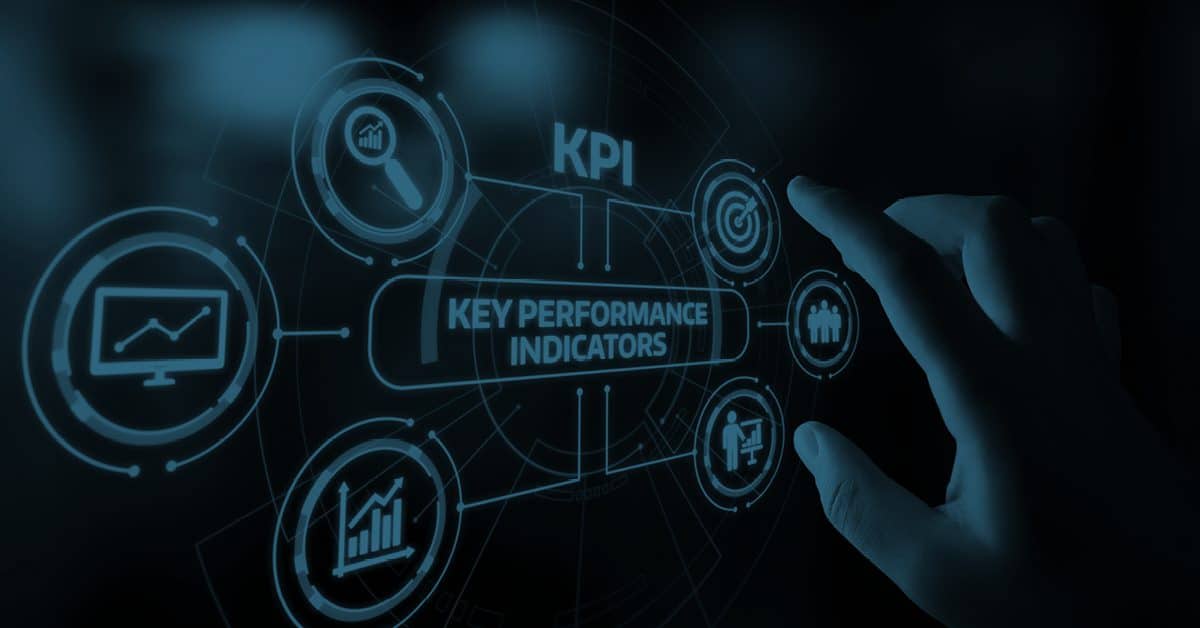Ambulatory Provider Revenue Cycle frequently finds itself under resourced within a health system; with resources diverted towards Inpatient and focused on larger dollar outcomes. However, many health systems stand to realize significant financial gains with increased performance on the Ambulatory side and without significant investment in personnel or other fixed resources to achieve it.
- The most common Ambulatory Revenue Cycle challenges include:
- Policy, Process and Procedure issues across practices
- Operational and communication disconnects between practice operations and billing office
- Reporting structure in need of evolution to support effective revenue cycle operation
- Deficient point-of-service collections within the practices
- Adjustments and denials not accurately tracked
- Estimates of patient responsibility for surgery not being completed
- Practice staff inadequately trained and educated on patient accounts to be able to assist patients
- Practice administrators inadequately educated about revenue cycle processes and do not have access to data and tools to support best-practice outcomes
- Fee schedule not regularly updated
- Coding and documentation performance not consistent with best practice
There are also frequently challenges caused by management culture and infrastructure – largely manifested as general organizational inattention to Provider Revenue Cycle or a lack of adequate, professional dedicated resources to Provider Revenue Cycle.
HSGs process for Ambulatory Revenue Cycle Assessment combines data-driven assessment of a health system’s revenue cycle performance combined with on-site observation and evaluation of revenue cycle processes to quickly help leadership identify opportunities for improvement, size those opportunities from a potential revenue gain perspective, and prioritize effort going forward. Once specific opportunities are identified, HSG and our client health systems work to determine what elements can be driven by internal resources, and which, if any, need implementation assistance from HSG. This includes ongoing ad-hoc advisory basis, addressing specific initiatives on a project-by-project basis, or providing interim leadership over specific functions as process improvement opportunities are implemented, before transitioning them back to client leadership.
Related Resources
-
Building a Performance Improvement Plan for a Growing Employed Physician Network
HSG partnered with an independent Midwest hospital to build a performance improvement plan for their growing network of employed practices.
-
MGMA Connection Magazine (Employed Network Transformation and Patient Share of Care)
MGMA Connection Magazine – July 2021 Leadership Issue (HSG Articles: Transforming Your Employed Provider Network and Patient Share of Care)
-
Healthcare Consulting Thought Leadership (OHA 2021 Presentations)
HSG presented four healthcare consulting educational sessions on key areas related to employed provider networks at OHA’s 2021 conference.



